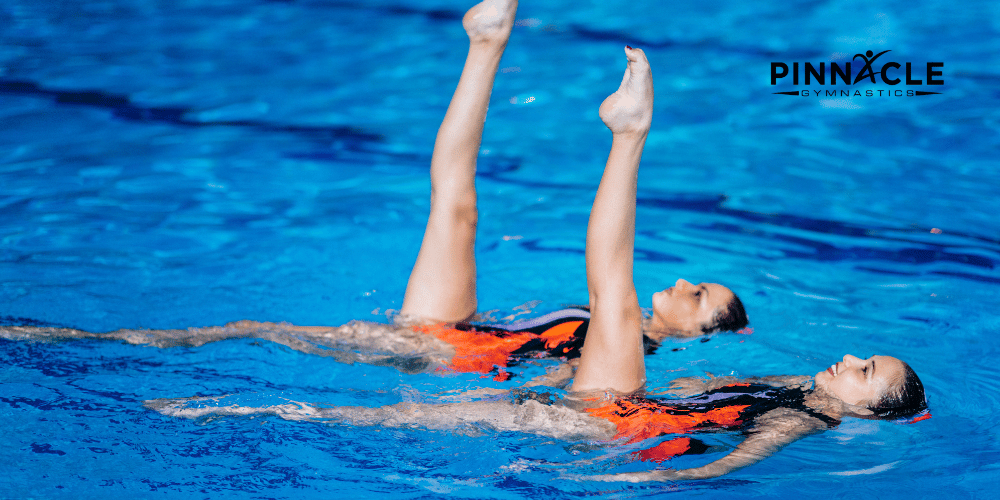Like Doctors, Physical Therapists don’t all specialize in the same problem.
Let’s start with a scenario:
Your son or daughter is a competitive soccer player with their third ankle injury during the same season. The first injury improved with a little rest, the second, you were told by the doctor was a sprain and recommended using an ankle brace. But now with the third injury, despite using the brace, you wonder if physical therapy could make a difference. After attending three PT sessions, taking off school, paying a $50 copay each time, and going home to do exercises, you aren’t sure if your young athlete is any better.
Well first, physical therapy CAN help your athlete recover from many types of injuries as well as prevent future ones. Improving strength, range of motion, balance, muscle memory (proprioception), and function prepares the athlete’s injured area (as well as the rest of the body- the kinetic chain) for future game time challenges. Having said that, there are physical therapists specializing in running, others specializing in throwing, those specializing in concussion/vestibular care, and so on. Expecting the same physical therapist to excel in treating a back injury the same as treating a hand injury is like expecting the Cardiologist to be as proficient in treating a rash as the Dermatologist- possible, but not likely.
I believe we would all agree the best way for a new driver to learn how to safely be on the road is to drive on a simulator in a lab for a short time and then practice on the street with an instructor. And, while most of us aren’t pilots, the same probably goes for flying- start with a simulator in a classroom and before getting a pilot’s license to fly on their own- spend hours flying in a plane with an instructor. The same likely goes for most professions whether a bartender, police officer, or teacher. We all learn in a classroom, practice in the field with an instructor, and then, when ready- progress to doing the job on our own.
How does any of this relate to your PT?
Choosing a physical therapist based on your sport and your injury is as important (or more so) than the location of the clinic, insurance coverage, or your neighbor’s recommendation. Let’s get back to the third ankle injury in your soccer player- and two PTs to choose from:
- The first Physical Therapist is extremely experienced, has a doctorate in physical therapy, and manages a PT clinic at the nearby hospital about five minutes from your home. He does a great exam, starts your athlete on an exercise bike to warm up, has your athlete sit down on an exam table with a band moving the ankle back and forth, puts some fancy electrodes that tingle on the skin, and ices the ankle before leaving. This regimen is repeated for three to four weeks until he pats your athlete on the back, giving them a band of their own to continue doing these seated tricks at home, and says “You are so much better- have fun playing soccer and we will see you back when you need us!” (and chances are- you indeed will need them!)
- The second Physical Therapist finished PT school several years ago with far less experience than the first PT, played soccer in college, and works at a small clinic twenty minutes away from your home. He too does a great exam, starts your athlete on the same exercise bike to warm up, while asking your athlete what his/her goals are and what position in soccer they play. During the first visit he also has the athlete sit on an exam table to check range of motion and strength. At the second visit though things start to look (and feel) a bit different- he takes your athlete outside, with a soccer ball, and over several weeks develops a home exercise program progressing the athlete from standing drills, to balancing drills, to slowly jogging and jumping while dribbling the ball drills, and finally- when determined safe to do so- scrimmaging drills. During the first several visits he tells the athlete- “you are improving and can start going to practice but you aren’t quite ready for competition yet because when I watch you run your hips and knees have to compensate for what your injured ankle isn’t quite ready to do yet- let’s add some exercises for your hips and knees in different directions/planes of motion (not just exercises for the injured ankle) to help reduce your chances of getting re-injured and having to come back.”
You might be curious where the band is in this physical therapist’s clinic… well, in this story, it’s locked in the closet with the cleaning supplies.
You may be able to tell (sarcasm aside)- physical therapist #2 is helping the injured athlete get back to their unique sport using FUNCTIONAL exercise (not seated using a band- which by the way- 99.9% of soccer players don’t sit down or use a band during a game- why practice it now?). Like a driver’s instructor, flight instructor, medical student professor, or the training supervisor at your job- physical therapist #2 took the athlete from the “lab/classroom” to the field (on the “job” training) preparing the athlete for real life scenarios. Sitting on the exam table with a band (for a soccer player) is like asking a pilot to prepare for flying by only taking a written test (without ever getting in the air).
Here are some easy guidelines when looking for the right PT for your athlete:
- Location, insurance coverage, and scheduling are important- the reality is- if it takes too long to get there, is too expensive, or doesn’t fit into the schedule then the athlete won’t go.
- Knowledgeable about the athlete’s age/sport/level- picking a PT that did the sport, coached the sport, currently takes care of athletes in the sport, or did a fellowship (more training) regarding injuries in the sport is always going to be a more passionate (and experienced) PT for your athlete’s issue than a PT (even if excellent) more trained, more experienced, or more interested in another demographic.
- Consistency- some PT offices have the athlete see one PT one visit and another PT the next visit. Inconsistency often results in wasting time (trying to figure out what happened the visit before), confusion (changing the plan from what was done prior), and risks subtle oversights (the same PT might notice an improvement – or decline- from the last visit that another PT would miss).
- FUNCTION FUNCTION FUNCTION- unless your sport (or job) is sitting at a table then spending more than 10% of your PT visit sitting on an exam table (in most cases- post surgery is an example of when a protocol may require a variation not applicable to this handout) is, in my opinion, a waste of the athlete’s time and a waste of your money! A soccer player should be on their feet, a baseball player should be using their CORE, shoulder, elbow, back, and hips- working on the different phases of throwing, a gymnast should be upside down (during a portion of the PT visit), and a swimmer (ideally) should be in the water (just like a pilot should spend most of their training time IN A PLANE- would you want the pilot of your next flight to have finished their training sitting on an exam table holding a band… without ever being in the air!?)
Bottom line, finding the right PT is like choosing the right vehicle- if you need to get six people and their luggage to the airport- taking an SUV is the right choice (even though a brand new “Ferrari” sounds great for this job, a car with two seats is likely to leave you (and the six others) dissatisfied!) If your soccer athlete has an ankle injury and wants to get back to sport quickly and safely- even if the PT you were recommended to see is the “Ferrari” at the worker’s comp clinic, concussion clinic, or hand (OT) clinic- if they aren’t doing PT specific for getting your athlete back to sport- the athlete is likely to be dissatisfied.

Happy to help you find the right PT for your sports injury.
Dr. Goldstein
Proud medical partner of Pinnacle Gymnastics



